We recently connected with Ilasiea Gray and have shared our conversation below.
Ilasiea , thanks for taking the time to share your stories with us today Can you talk to us about a project that’s meant a lot to you?
I have been incredibly lucky to have worked on many meaningful projects in my career. It’s amazing to reflect on and certain projects stick out for different reasons. Being a social practice artist with a lot of the work that I do being about making a difference and projects focused on social change, those are always top of mind. If I were to name a few, I’d start with making history in Colorado playing the title role in Sleeping Beauty as a Black actress (Denver Children’s Theatre). This was such a meaningful production for me but also for so many Black & Brown kids to see representation on stage in a role like that. It was important for all kids. We did this show in 2018, around the same time that the first Black Panther movie came out and when Megan Markle and Prince Harry married, so it was a special time for representation in the world. I also loved that the show touched on subjects/showed a blended family due to adoption and an interracial couple (my prince and parents were white), because those are also reflections of the real world for so many kids.
To the point of equity and representation, another project/work of mine that stands out is my internationally published essay Why Are There No Great Kids of Color in the Performing Arts. Through the lens of exploring some of my own experiences as a performing arts educator, theatre for young audiences’ performer, and youth advocate, this essay examines some of the inequities that young people of color experience in the arts. I have been fortunate to speak and facilitate workshops about this essay nationwide – including at South by Southwest (SXSW) Education Conference. This essay is extremely important to me because it has made such an incredible impact across many disciplines (arts, education, and beyond). I had no idea when writing it, just how powerful and transformative it would be. To have been able further these conversations and take the essay from written format, to speaking about it, to having a video component, and interactive presentation format of it, has been amazing.
Some other standout projects include Black. With a Capital B. (Curious Theatre Company), which is a two-woman social justice show about Black Lives Matter and police brutality that I originated my role in. I have toured it for six years now. Another would be my nationally recognized performance piece Acting While Black., which chronicles some of my experiences with racism in the arts in a jovial, educational way. This was featured in the national Breath Project in honor of George Floyd (with another version appearing in Arvada Center’s award-winning Amplify series).
CO2020 (BETC) is another unique project I was involved in, which was a verbatim docutheatre/documentary project that I helped co-create, performed in, and had many of my students participate in. This was a one-of-a-kind project in the time of Covid where we interviewed over 50 Coloradans from different backgrounds (healthcare workers, politicians, educators, police officers, a former NFL player, artists, young people, etc.) about social issues in 2020, including Covid, systemic racism, the state of the world, etc. We then compiled those interviews into a script, hired actors to portray these real people, and filmed it documentary style. It was a dynamic project and was featured in American Theatre Magazine.
The last project I’ll give honorable mention to is a world premiere in Washington D.C. that I just finished performing in called My Calamitous Affair. This was another example of a play that touched on some polarizing subject matter within the theatre community, how folks within it collaborate (especially with other cultures), and how sometimes good intentions fall short. This play-within-a-play was autobiographical to the playwright/producer of the show as well who was in hot water in the D.C. theatre community, so there was a lot of sensitivity, nuance, and weight in doing this production given all the circumstances surrounding it. I was also playing a real person who was part of the original journey as well, so it was important for my portrayal of this Black woman to be authentic (not a stereotype), and I contributed greatly throughout the creative process from an equity lens as it pertained to the story as a whole.
From another equity lens in my work, I was also named the first ever Inclusion, Diversity, Equity, Access Coordinator of Arvada Center last year, which I am really proud of too. I could go on and on about the meaningful work that I do as an artist! As one can gather as well, impactful work that has social transformation at its core is in every facet of my artistry – whether performing, educating, creating, writing, directing, facilitating, etc. So, not only am I very fortunate to do this kind of work, but I am also intentional about making sure that the work that I do is always in line with my purpose.
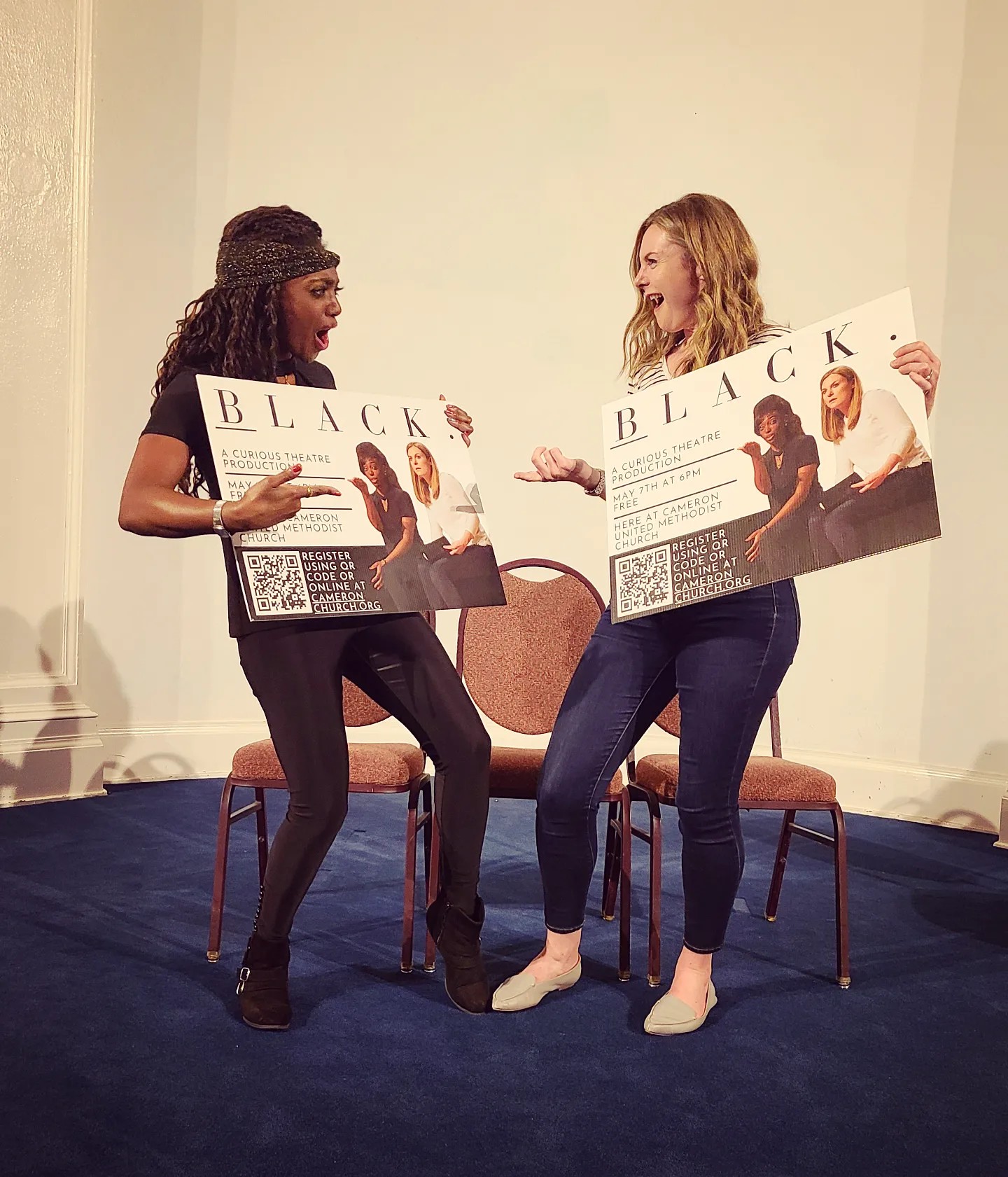
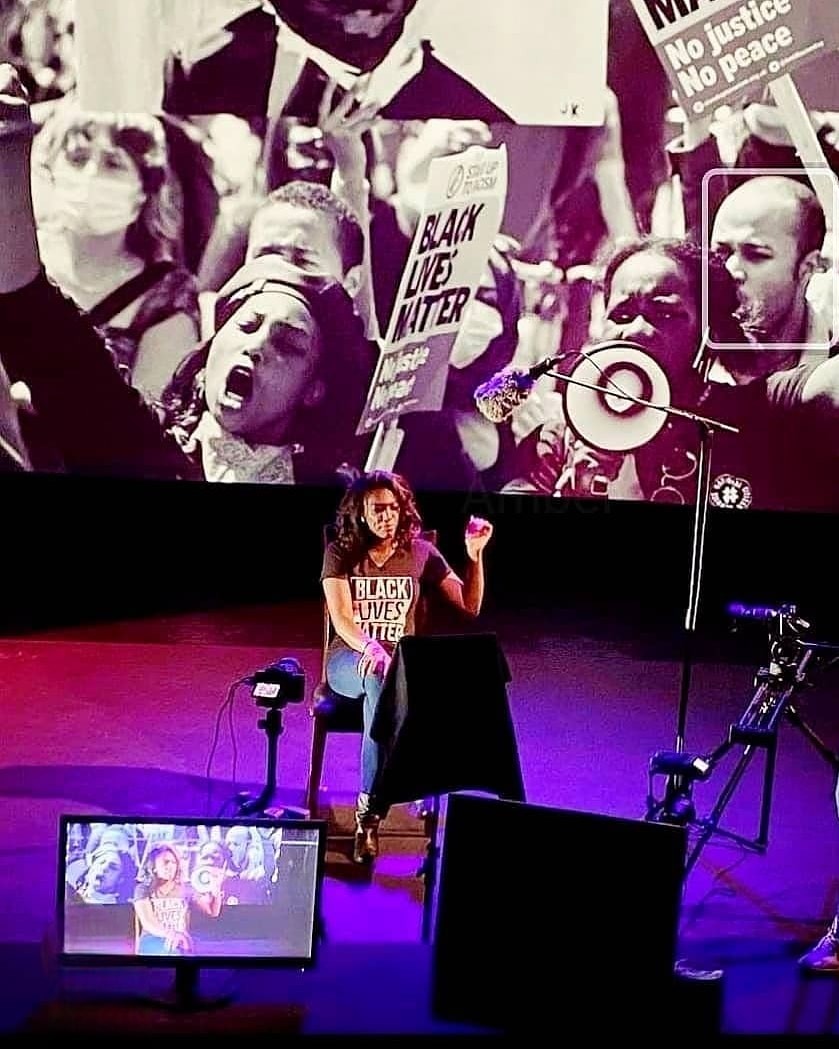
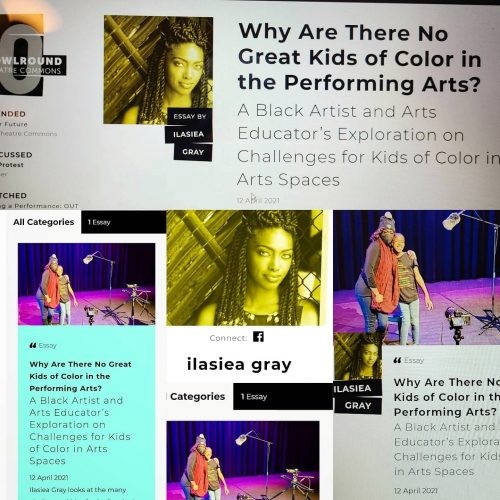
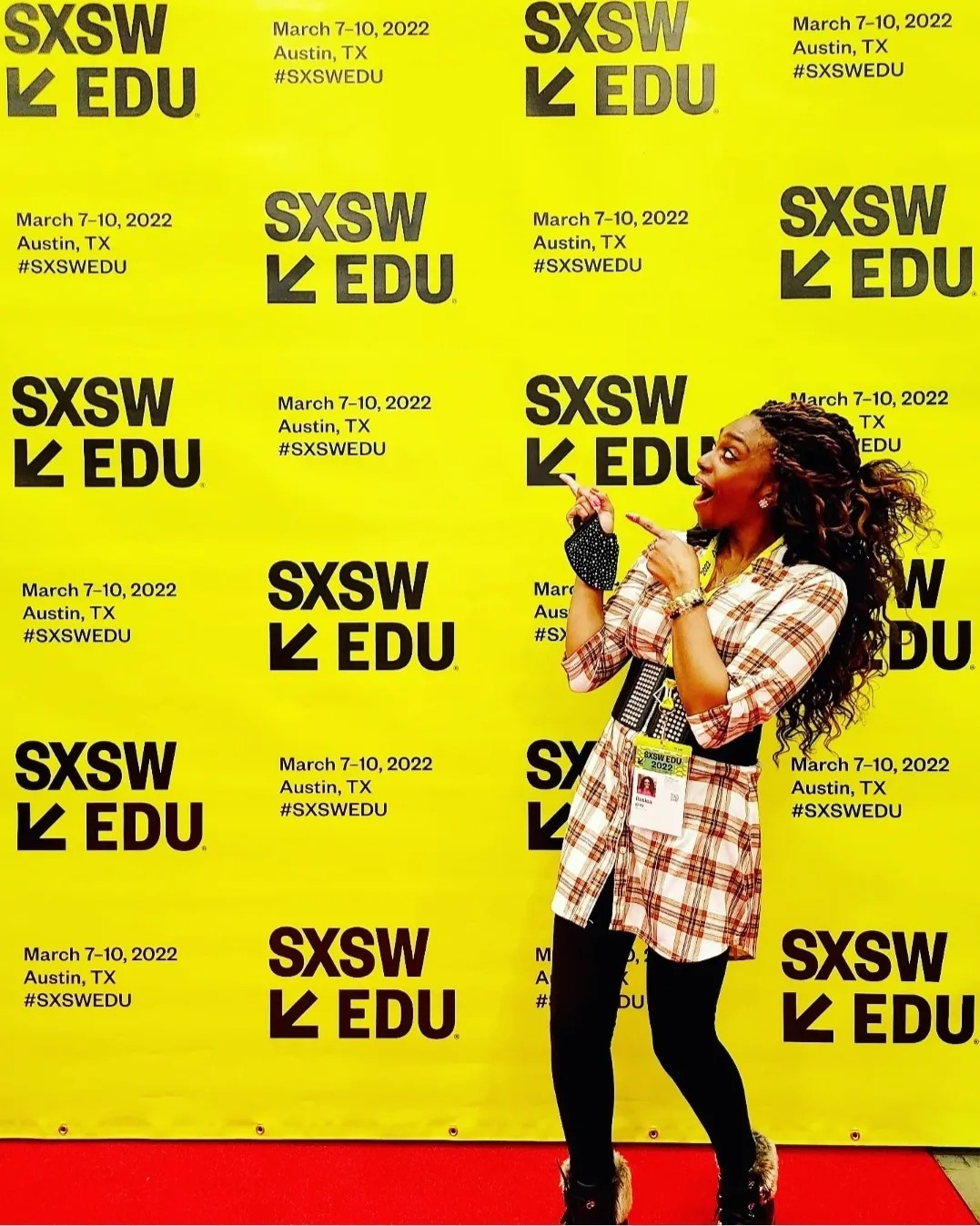
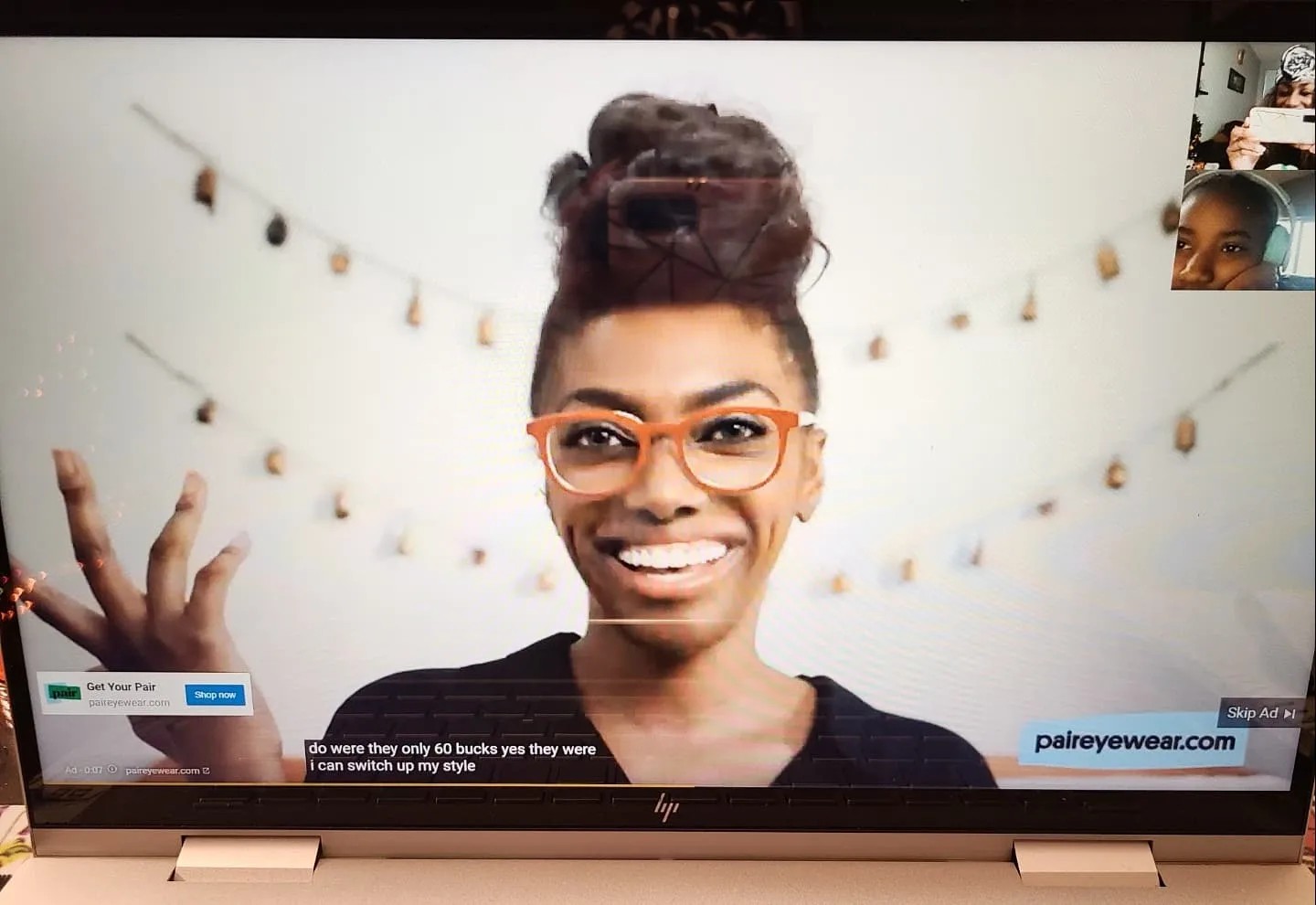
Ilasiea , love having you share your insights with us. Before we ask you more questions, maybe you can take a moment to introduce yourself to our readers who might have missed our earlier conversations?
I am a multi-hyphenate social practice artist (actress, educator, writer, director, creator), with performing and educating by way of arts being my main areas of focus. What this means is that most of the work I do is in the realm of art, activism, social change, and youth advocacy. As an actress, I do a variety of work ranging from stage, on camera, theatre for young audiences and educational theatre. As a performing arts educator, I teach ages PreK-college at various schools, theatres, arts organizations nationwide, as well as run my own acting programming for kids (Lae Lae’s Acting Jam), where I coach successful young actors with professional stage and on-camera credits. Please reach out if you know a young person in your life that might want to explore acting!
In addition to performing and educating, I am a director (having directed and devised over 30+ youth productions), a writer (with an internationally published essay and writing credits on several world premieres as well as my own original works), a facilitator, and all-around creator. Taking my passion for youth and youth advocacy deeper, my internationally published essay Why Are There No Great Kids of Color in the Performing Arts? is an exploration essay that examines inequity in the arts for young people of color. It has been such an honor to have been able to speak and facilitate workshops around this essay nationwide, including the South by Southwest (SXSW) Education Conference and the Woodruff Arts Center Educator’s Conference in Atlanta to name a couple.
Additionally, I have an extensive background in educating adults through the arts by way of professional development and facilitation. This ranges from speaking about my essay, facilitating post-show conversations around race and equity for the social justice show that I tour (Black. With a Capital B.), and being an equity advocate in every space that I’m in. Being named the Arvada Center’s first ever Inclusion, Diversity, Equity, Access Coordinator falls in line with this, as well as the many appearances and panels I’ve been part of including the American Alliance for Theatre and Education, Anti-Racism Conversations in Theatre for Young Audiences, an upcoming Race and Education panel, and more. From an educational and professional development lens, I also do a lot of arts integration training for educators, as well as trauma sensitive practices for Black and Brown youth and students with disabilities. I have held role-play actor/facilitator positions for crisis intervention training for law enforcement, and similar positions for medical students and lawyers as well.
I am really proud of all of the meaningful work that I do and it definitely sets me a part from others because it is so vast. I am never just doing one thing! In the realm of all that I have outlined (arts, activism, education, youth, equity, inclusion, and anti-racism), I am also working on my own consulting company which I am excited about. I am always busy juggling all of things though so it’s just taking a bit of time!
Another cool thing that I must mention and that I am proud of, is that during the pandemic, I was in an inaugural MFA in Social & Environmental Arts Practice program, which was led/created by Patrisse Cullors, co-founder of Black Lives Matter. To have been in (and graduate from) this one-of-a-kind program with social practice artists and staff around the country from various disciplines – especially during this pivotal time with Covid, the racial reckoning and resurgence of the Black Lives Matter movement in the aftermath of George Floyd, etc., it was an unforgettable experience that was so necessary, healing, affirming, inspiring, challenging, and it changed my life. It was an intense two years, but I am so proud of receiving my MFA from that program.
Services I provide – professional actor, educator, speaker, facilitator, youth advocate, equity consultant, writer, director, creator, all of the things!
Let’s talk about resilience next – do you have a story you can share with us?
I have had many experiences throughout my journey that have tested my resilience. The most challenging ones are usually relating to bias, ignorance, discrimination, and racism within the arts as a performer and as an arts educator. From blatant comments and disregard, to most often, the “well-meaning” people who swear they have it figured it out when it comes to anti-racism. My performance piece Acting While Black. (featured in the national Breath Project in honor of George Floyd as well as Arvada Center’s award-winning Amplify series) chronicles some of those experiences in a jovial way. Honestly though, it only scratches the surface. I created this piece mid-2020 so it didn’t even include many things I continued to experience throughout 2020-2021. Oddly, those two years provided some of the most baffling experiences, especially in the time of a pandemic where artists should just be so lucky to be doing any kind of performance/artistry. And also, due to the climate of the world with the racial reckoning upon us in the aftermath of the death of George Floyd.
That timeframe was already challenging (for so many reasons and for so many people) and then adding some of the negative experiences due to ignorance and racism that I was having in my artistic life on top of it became exhausting. Sadly, 2020 was the first year I thought to myself “I don’t know if I want to be an artist anymore.” It was increasingly difficult to just show up in my many artistic work spaces while constantly bearing the brunt of people’s ignorance and “learning”/ ”unlearning.” Prior to those two years, I had already had a traumatic series of incidents at a former workplace (which is the largest arts org in our state), so I was coming off of that too. What I experienced there by way of discrimination, retaliation, unwarranted disciplinary action, systemic racism, etc. just for speaking up against racism and inequity, was heartbreaking. But it also prepared me even more and set the tone for how I would continue to show up in spaces and fiercely speak out when things were unjust in arts spaces versus “going along to get along” – as many spaces hope for artists (especially Black and other marginalized artists) to do. Even if that meant I would ultimately not work for a lot of places and with certain people.
So, by the time the experiences of 2020 (to the present) came along, I just had a different, affirmed outlook on conditions pertaining to artistic collaboration (especially in white supremacy theatre culture) and what I would or would not tolerate from a cultural perspective, that were unwavering. Some of things in that timeframe that I experienced ranged from being called a racial slur on set, cultural insensitivity and microaggressions on various projects, having to leave an agency due to culturally inappropriate actions and comments that happened on set (and the minimizing of what actually occurred), and generally, just having to step away from several projects, theatres, people, etc., that were incredibly insensitive and harmful.
I have a lot of patience and grace when dealing with offensive situations, but the mental gymnastics of weighing out when to address certain things (which are usually received with deflection and gaslighting anyway) truly takes a toll. Especially for an artist like me that works in many capacities and have to navigate multiple spaces operating this way. Imagine having five different artistic commitments in one day for example, and during each engagement, something ignorant or offensive is said and here you are again, having to advocate for yourself as the “only.” Leaving one environment just to have to battle it out in another and another. It was just too much. I am a firm believer in stepping away from toxic situations and protecting ones peace. Unfortunately, theatre has such a culture of “the show must go on” and the acceptance of unhealthy working conditions just for recognition or a check or this mindset that artists – especially artists of color – should just “be so happy to be here…to be in the room.” I am of the opposite mindset in that no workplace that is causing harm is ever worth your integrity, heart, soul, and mental wellness.
It was also ironic how during this time, I was in my grad program too – created and led by Black Lives Matter co-founder Patrisse Cullors. So, the conversations I was having in my classes with social practice artists and professors from all around the country were always liberated, enriching, and grounded. We were always in a state of radical learning, activism, abolitionist thinking, dismantling white supremacy culture, and creating within our arts disciplines. So, to constantly then show up in workspaces and have my integrity challenged on top of that or for people to think I would ever tolerate racism, white supremacy, privilege, and fragility as it pertained to my value as a Black woman in the arts, was wild. I think there was a lot of cognitive dissonance happening for folks from the learning and “books they read” in wanting to be anti-racist vs. how they were actually showing up in their interactions with Black people. How they were showing up with me.
All this being said, I’ve not only had to have resilience to continue to show up in my artistry and excel, but also firm boundaries, liberated thinking, and mental fortitude. Unapologetically and unwavering. Constantly having to advocate for yourself in these spaces while gracefully educating others and having to work twice as hard being a young, Black female artist is no small task. But I have done it time and time again, and I have made a lot of spaces better because of it. Whether I am there or not. I know that my voice, my resilience, and my presence have made things a little easier or at least different for those who have come after me. To this day I have artist colleagues who thank me for my fearlessness and how I show up in every space that I’m in, as well as those who reach out for advice in navigating certain spaces. It means a lot to me that I am a person that people revere, look up to, and know that I will advocate for and encourage them. I also am very proud because despite some of the things I have experienced, I always continue to be right on purpose and continue to be incredibly successful. Again, this could be the complete opposite outcome with the limiting of environments I choose to work in, but it has not slowed me down in the slightest. To still be making such an impact in so many spaces, and more importantly, in creating my own lane not only as a performer, but educator, writer, facilitator, creator, advocate, activist, etc., and to have broadened my reach in all of those things nationally (and internationally), it is the ultimate example of resilience.


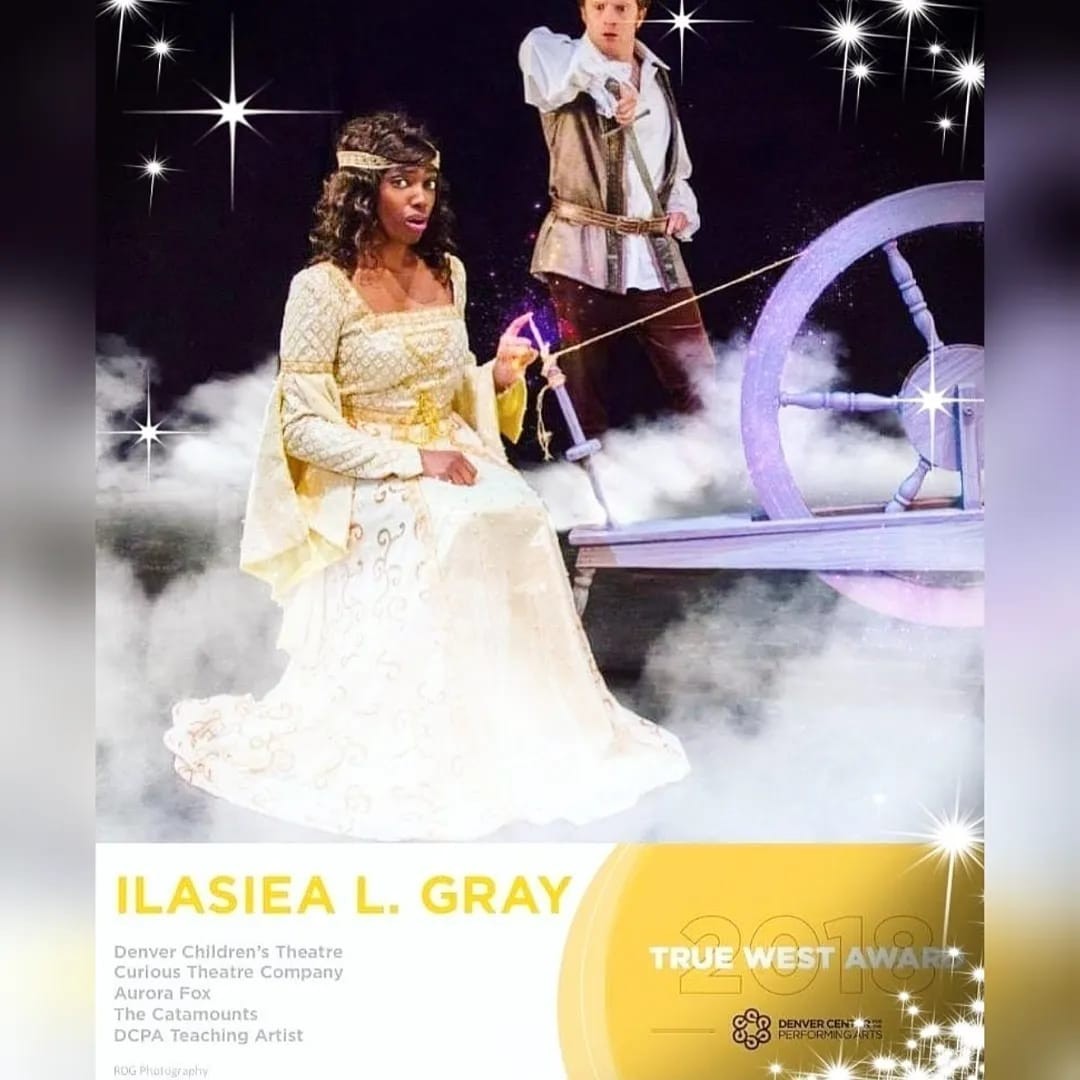
For you, what’s the most rewarding aspect of being a creative?
The most rewarding aspect of being an artist is truly making an impact on others and a difference in the world.
Contact Info:
- Website: www.ilasiea.com
- Instagram: @laegray
- Facebook: https://www.facebook.com/ilasiea/
- Linkedin: ilasiea gray
- Twitter: @ilasiea
- Other: LINKS TO WORKS MENTIONED My Internationally Published Essay “Why Are There No ‘Great’ Kids of Color in the Performing Arts?” – https://howlround.com/why-are-there-no-great-kids-color-performing-arts Acting While Black (Breath Project) – https://www.youtube.com/watch?v=fbpO8ZIoICQ Acting While Black (extended version ) – https://youtu.be/zreTtV17rpM CPR Interview (has Black. With a Capital. B. snippet) – https://www.cpr.org/show-segment/denver-actress-arts-educator-ilaseia-gray-reflects-on-racism-lack-of-diversity-in-the-performing-arts/ American Theatre Magazine (CO2020 Project) – https://www.americantheatre.org/2021/04/06/co2020-theatrical-postcards-from-a-rocky-year-in-colorado/

